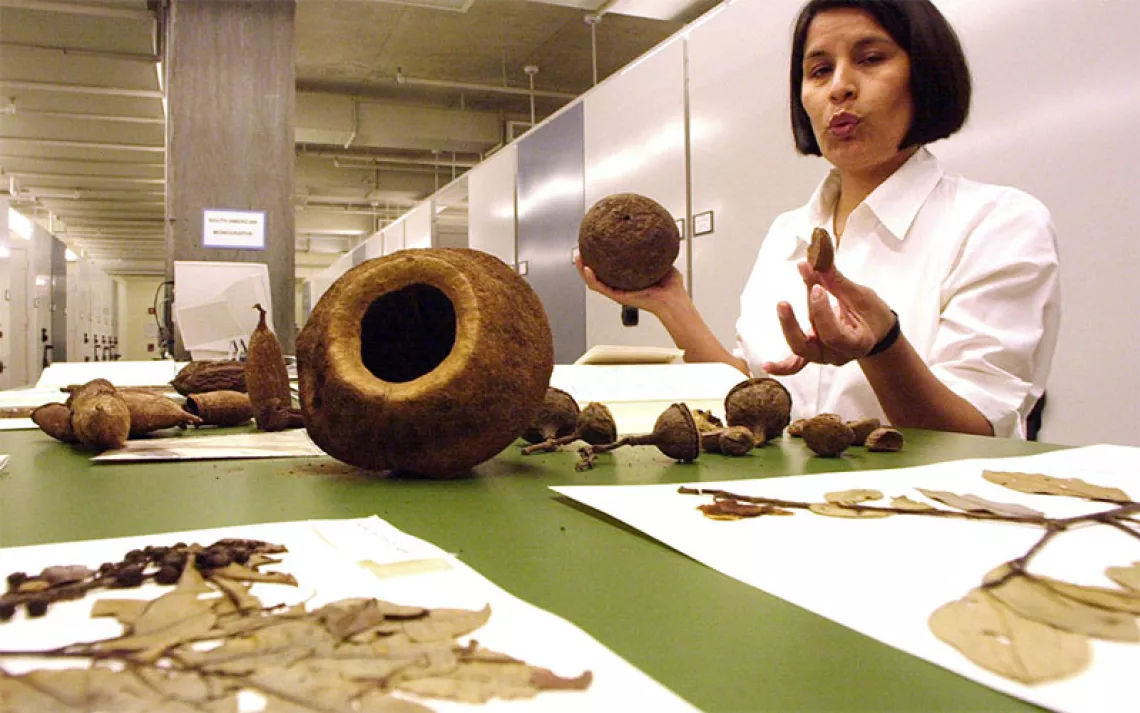The Weather Channel, for Birds
BirdCast’s Migration Dashboard is the closest thing we have to total bird surveillance

Canada geese flying over a wildlife refuge. | Photo by TNT Emerson/iStock
In April, BirdCast, a project run by the Cornell Lab of Ornithology, unveiled its new Migration Dashboard. Think of it as the avian version of the Weather Channel, except that instead of telling you about an incoming rainstorm, it shows you how many migratory birds are flying over your county at night. For example, last Saturday, more than 6.8 million pairs of wings flapped across the skies of Baltimore County, Maryland. For those few hours at least, the birds in the area far outnumbered the people.
BirdCast has long tracked the country’s biannual bird migration through forecasts and live maps, but never at this level of detail. The dashboard also features easy-to-read graphs that display how high the migratory birds are flying, what direction they’re traveling, and even which species to look out for (the latter is based on historical observations, says Audrey Carlsen, who led the dashboard’s design and development).
Every spring, somewhere between 2.5 to 3.5 billion birds pack their bags and head northward in search of food and more plentiful breeding grounds. Yet despite its enormous scale, this journey largely goes unnoticed. That’s probably because most of our feathery friends prefer to travel at night, under the cloak of darkness. For them, it’s one of the safest times to travel, explains Adriaan Dokter, a research associate at the Cornell Lab who works with the BirdCast team. Skies are calmer, temperatures are cooler, and the threat of predation is low.
However, this meant that birders traditionally had to rely on a combination of guesswork and past experience to predict where all the warblers, sparrows, and flycatchers would stop to rest. Now they can take advantage of the dashboard. Dokter, who also works on the project, regularly checks it before grabbing his binoculars in the morning. It’s also worthwhile to tune in after sunset, he says. If enough birds are flying low enough, you can sometimes eavesdrop on their conversations—or see them fly across the moon.
Even though the birding community was top of mind when the BirdCast team was creating the dashboard, they weren’t the only users it was designed for. Every year nearly a billion birds collide with buildings, a deadly consequence of light pollution in urban areas. By knowing when and where the birds are traveling, the dashboard can serve as a guide for what BirdCast senior research associate Andrew Farnsworth describes as the “science-to-action audience,” like a building owner or manager who “needs to understand when and where lights should be turned off to protect birds.”
Still, you don’t have to be a birder or a building manager to take advantage of what the dashboard offers. I’m neither, yet for some reason I keep coming back to the BirdCast website, curious to know how many birds are filling the skies of my county.
“This is what the dashboard does,” says Dokter. “It takes something that’s very hidden and makes it close to home.”
The BirdCast migration dashboard will update nightly until the end of spring migration on June 15. Live data will then pick up again on August 1, when the birds head south for the winter.
 The Magazine of The Sierra Club
The Magazine of The Sierra Club



